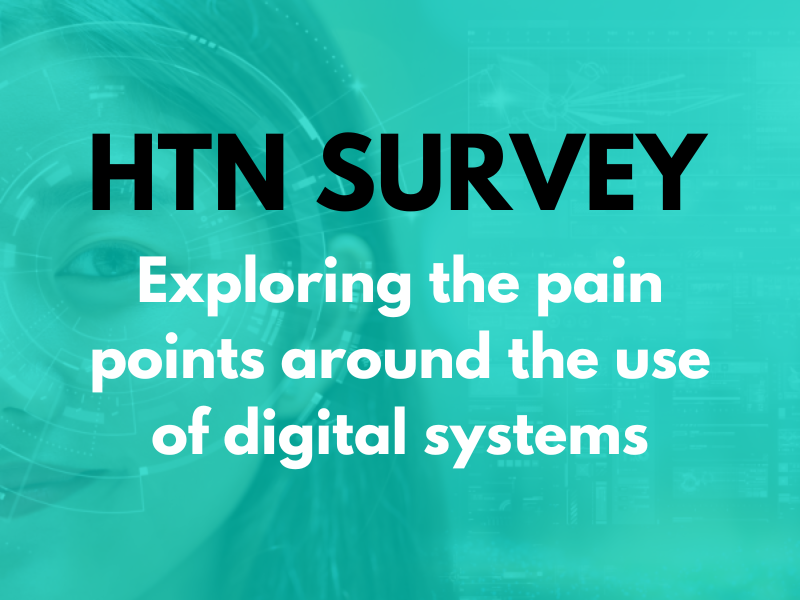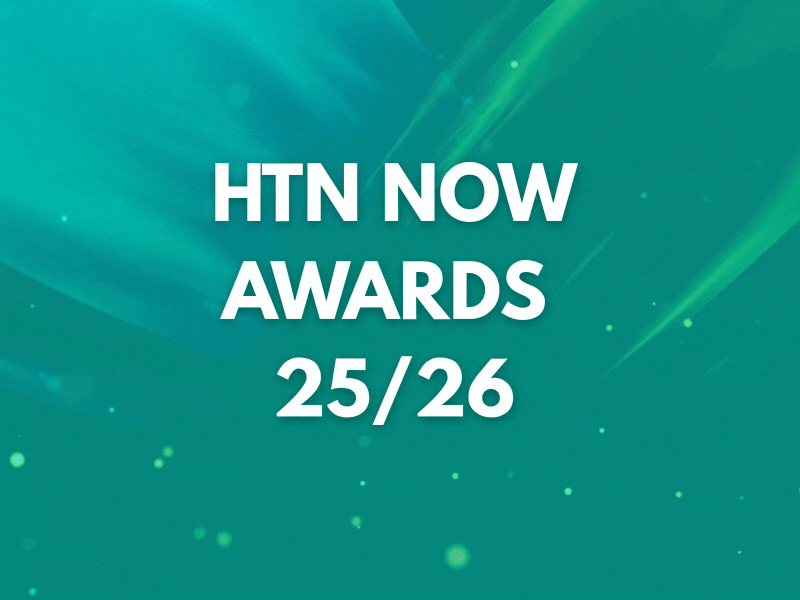SBRI Healthcare has awarded £3 million to four innovations for children and young people’s health, including a handheld CO2 sensor for asthma, a digital biomarker for epilepsy, a digital health passport for epilepsy, and a non-invasive continuous glucose monitor for diabetes.
Initially awarded funding for Phase 1 of the SBRI programme focusing on establishing technical and commercial viability; the four projects selected for Phase 2 will undergo 12 months of development and prototype evaluation, “prior to real-world implementation”.
TidalSense has been awarded a total of £794,543 for its “innovative fast-response CO2 sensor”, the N-Tidal Handset, with plans to combine the hardware with “prototype AI-derived asthma diagnostic software” with the potential to be used in clinical practice.
£568,840 has been allocated to Neuronostics Limited for the development of the company’s digital biomarker for epilepsy, reported to support diagnosis by offering “a robust, objective indication of epilepsy likelihood even when the EEG doesn’t contain clinical signals”.
Tiny Medical Apps Ltd’s Digital Health Passport for Epilepsy has also received £799,725 in funding, aiming to improve self-management through features including medication tracking, seizure tracking, and wellbeing support.
And an award of £799,935 has been granted to Transdermal Diagnostics Ltd, to promote the development of the company’s “non-invasive and needle-free” continuous glucose monitoring system, which utilises disposable sensor patches and blood sugar monitoring via a mobile app.
Paul Dimitri, professor of child health and director of technology and innovation at Sheffield Children’s Hospital, said: “I’m delighted to see these innovations awarded further funding to help children and young people to manage their healthcare in the long-term conditions of asthma, diabetes and epilepsy. By harnessing AI and the latest technologies and evidence-led approaches, we can help ensure all children and young people have access to the highest quality of care available.”
Digital in children’s health
At HTN, we’ve explored lots of examples of good practice for using digital in children and young people’s health over the last few months, including the rollout of a paediatric vitals electronic system at Princess Royal Hospital’s paediatric unit and emergency department as well as the emergency department at Royal Shrewsbury Hospital, as part of efforts to improve the tracking of deterioration in children. The digital system allows staff to record observations on iPads and access charts with real-time information from any device within the trust, “ensuring more accurate and timely monitoring” to support early detection and intervention.
We also covered innovations in children’s health at the Royal Aberdeen Children’s Hospital, which tested out a ‘Bedside Intelligent Cabinet’ designed to store routine medicines, alert patients or guardians when medication is due, and update staff including notifying them if any medication is missed. And we highlighted Norfolk and Suffolk NHS Foundation Trust’s work with Birmingham Children’s Hospital in-patient and community teams to help develop the capabilities of the Xploro App and improve the support given to young people during mental health appointments.
Elsewhere, NHS Cheshire and Merseyside commissioned a thought leadership report designed to explore how system working could support better outcomes for children and young people, identifying the role of technology in services and sharing insights such as how 40 percent of children in the region are said to be currently living in poverty with poor mental health “on the rise”. The report suggests that “the answer lies in greater collaboration and integration” and highlights five key recommendations for the Cheshire and Merseyside system to embed. These include utilising evidence-led approaches and demonstrating “tangible impact” of interventions; focusing on early intervention and opportunities to mitigate family risk factors; incorporating lived experience of children and young people into their services; supporting community-based interventions; and implementing a coordinated approach and establishing joint solutions in recognition of complex challenges.






